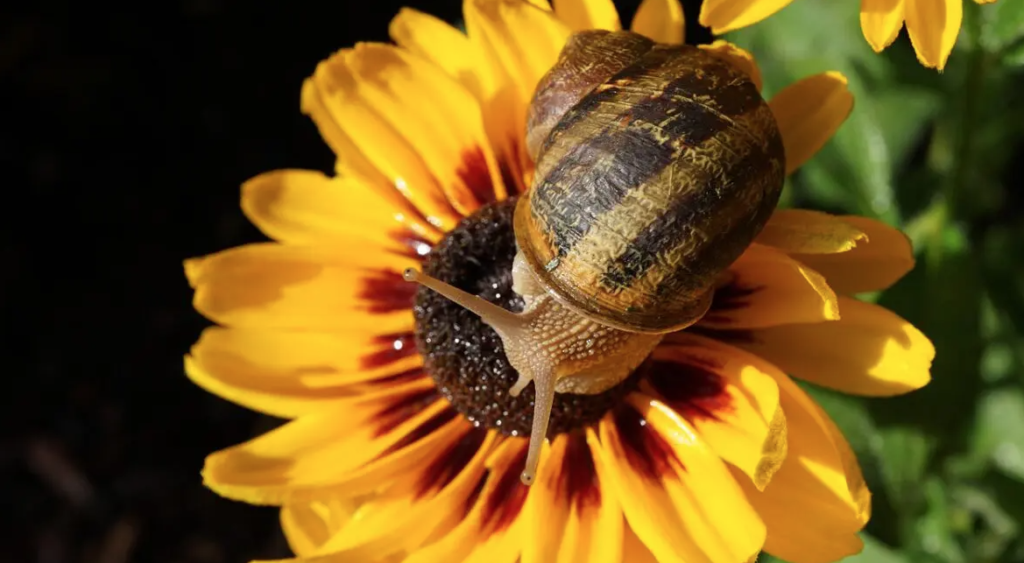For the 1st time, the COP27 on climate dedicated a day to biological diversity
(sustainabilityenvironment.com) – COP27 on climate has not really helped the next important international conference in December: COP15 on biodiversity. Although the Sharm el-Sheikh Summit was the first, in the thirty-year history of the climate conference process, to devote a whole day to the protection of biological diversity, The negotiations did not pay the attention that many wanted on the eve.
In this 5th in-depth study of the outcomes of COP27, we look more closely at the interweaving of the fight against climate change and the protection of biodiversity and how this was discussed during the two weeks of negotiations in Egypt.
Biodiversity faces climate at COP27
It is only since the Glasgow Summit last year that biological diversity began to be an issue that was addressed during the COP process. In 2021 it was discussed, this year biodiversity entered the COP27 climate agenda. Though by the back door, and she’s stuck in a corner. The trend seems to be towards ever greater integration of the two dossiers, climate and nature conservation.
This is a crucial aspect of tackling the climate crisis. But up to now the negotiating process has worked in silos, that is, it has kept these two strands distinct instead of intertwining them and making them converge. In fact, the COP already deals with the protection of ecosystems and biological diversity: the famous nature-based solutions, the solutions based on nature, are nothing more than actions to restore certain ecosystems to increase their CO2 absorption and storage capacity. Not to mention that a good third of the mitigation actions needed to stay in line with the 1.5 degree depend directly on nature.
Read also COP27, carbon trading will be secret
For these reasons, attempts have been made on many sides to push COP27 on the climate towards a strong recognition of the existence of common objectives with the other negotiating process, the one that will be based in Montreal in December at COP15. Two main demands. On the one hand, use the COP climate model to arrive at a “Paris Agreement on Biodiversity”, with common objectives and progress monitoring mechanisms. On the other hand, work on common, quantified targets for biodiversity and emission cuts.
In Sharm little progress
But the COP27 on climate has done almost nothing of this. The final text of the Sharm Implementation Plan is almost always limited to repeating the language already used in Glasgow the year before. One step forward, however, is the wording of Article 1, which stresses the “urgent need to address, in a comprehensive and synergistic way, the intertwined global crises of climate change and biodiversity loss”. There is, at least, recognition of the existence of the problem. There is no direct reference to COP15 and the Convention on Biological Diversity.
Yet in the coming years there will be many similar issues on which the two processes will have to reflect and take decisions. One of the most important is financial aid. On the climate side, by 2023 we could see a more precise definition of the mechanism of losses and damages approved this year, while for 2024 the debate on the new common climate finance objective should be concluded. That will be significantly higher than the $100 billion agreed in 2009. On the biodiversity side, this same debate will already be held in Montreal and, here too, the necessary resources are on the order of hundreds of billions of dollars. Finding innovative ways of financing is crucial in both cases.

